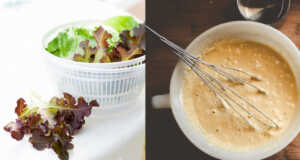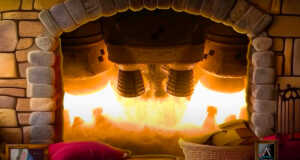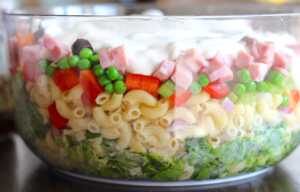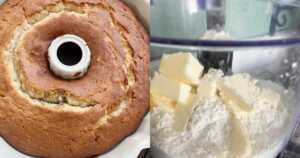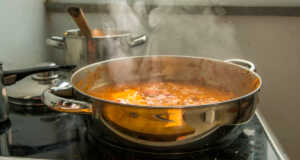The Most Underrated Quick Creamy Cheesy Roman Dish You’ve Been Sleeping On — Pasta alla Gricia
Rome. It is one of those cities that is packed to the brim with unbelievable food. Yet it’s not the crazy complicated or extremely fancy that forever binds your heart to Rome — it’s something beautifully simple and creamy, like this dish called pasta alla gricia. The best thing? It comes together in a matter of minutes!
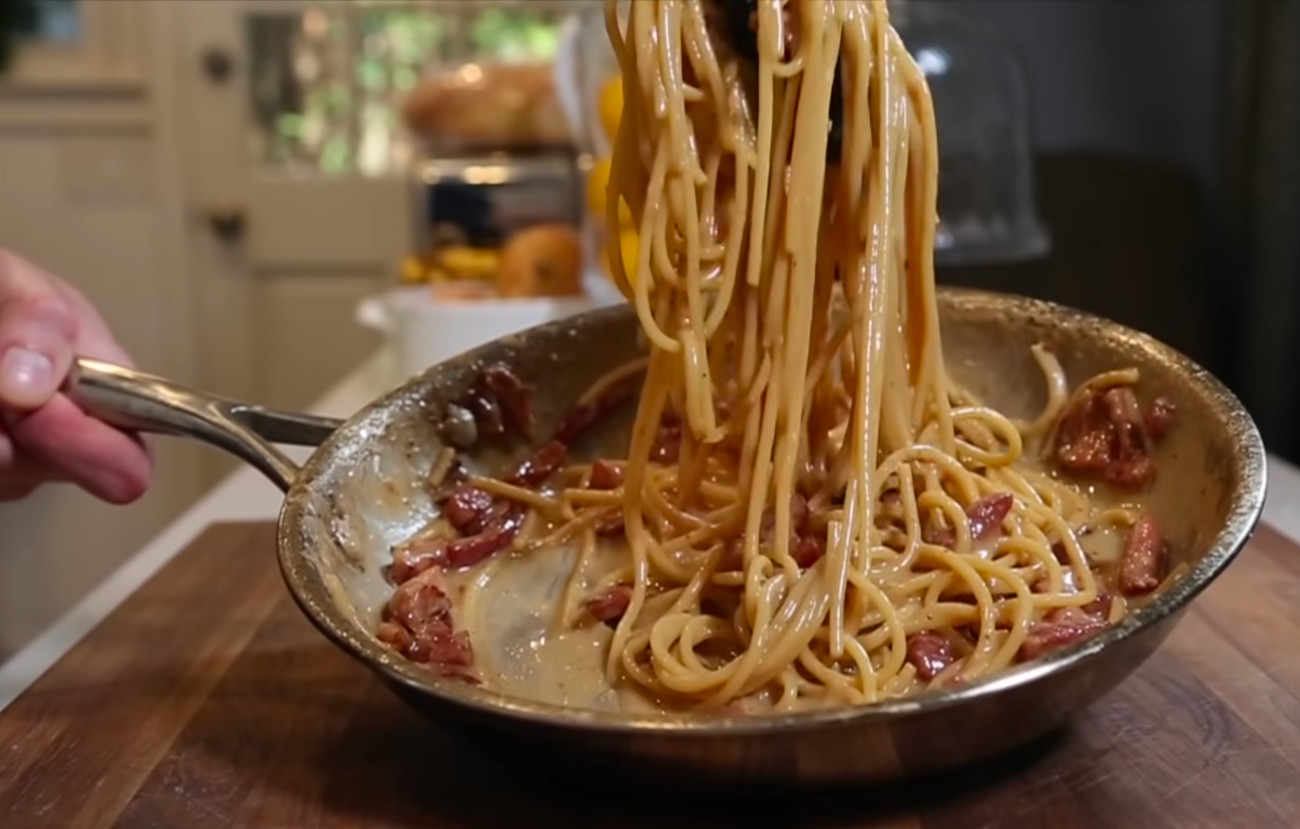
In the States, we are all familiar with pasta carbonara, this is just one of four famous Roman pastas. Of these four dishes, pasta alla gricia is the one flying under everyone’s radar. This pasta is cacio e pepe, but with pancetta, it’s carbonara minus the egg, and it’s amatriciana minus the tomatoes. On this cooking channel, you see that limited ingredients make for amazing results.
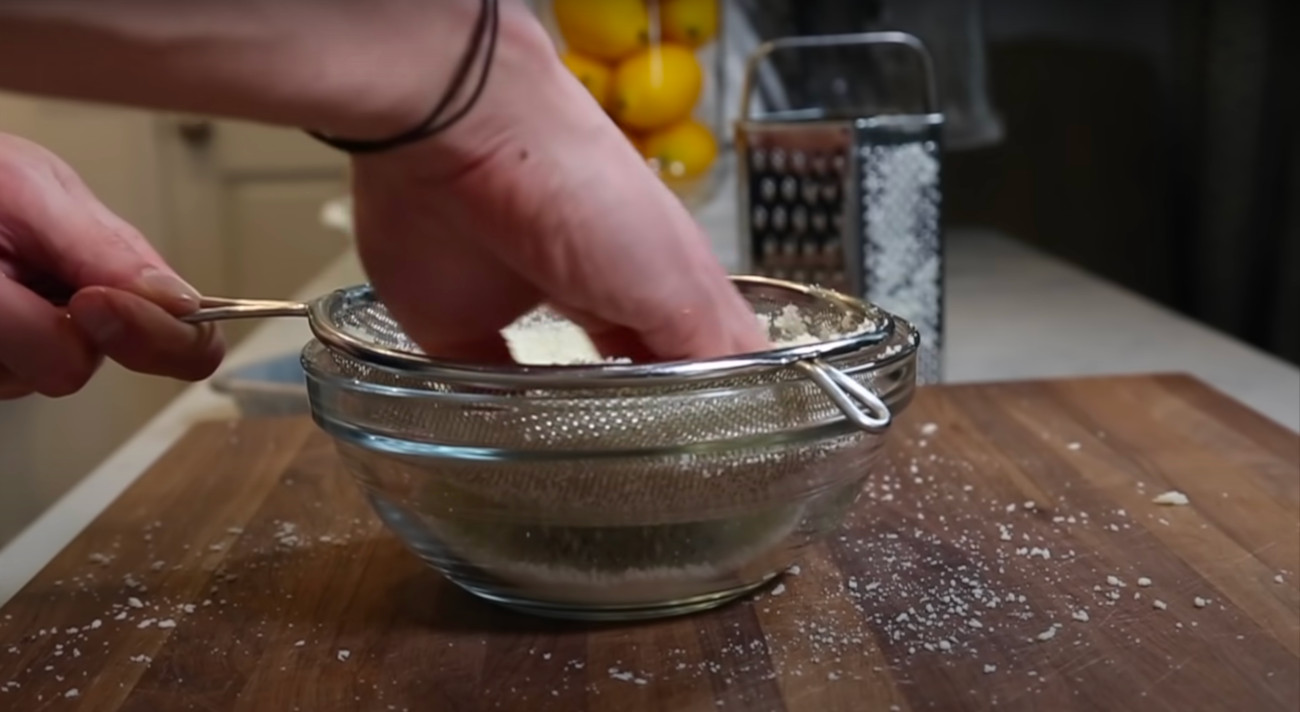
There aren’t many components, but it’s the technique of combining these ingredients that makes the dish. The recipe calls for pecorino, which is made from tangier goat’s milk (instead of the mild cow milk-derived Parmigiano Reggiano). Getting the smoothest and finest grated cheese is crucial.
The finer the cheese, the easier it is to make the pasta sauce. If you think all cheese will melt eventually, think again. When cheese pieces are too big, the mixture will clump up and make for a grainy and gritty sauce, far from appealing. So grate your cheese with the smallest holes on your grater and then push it through a fine mesh strainer.
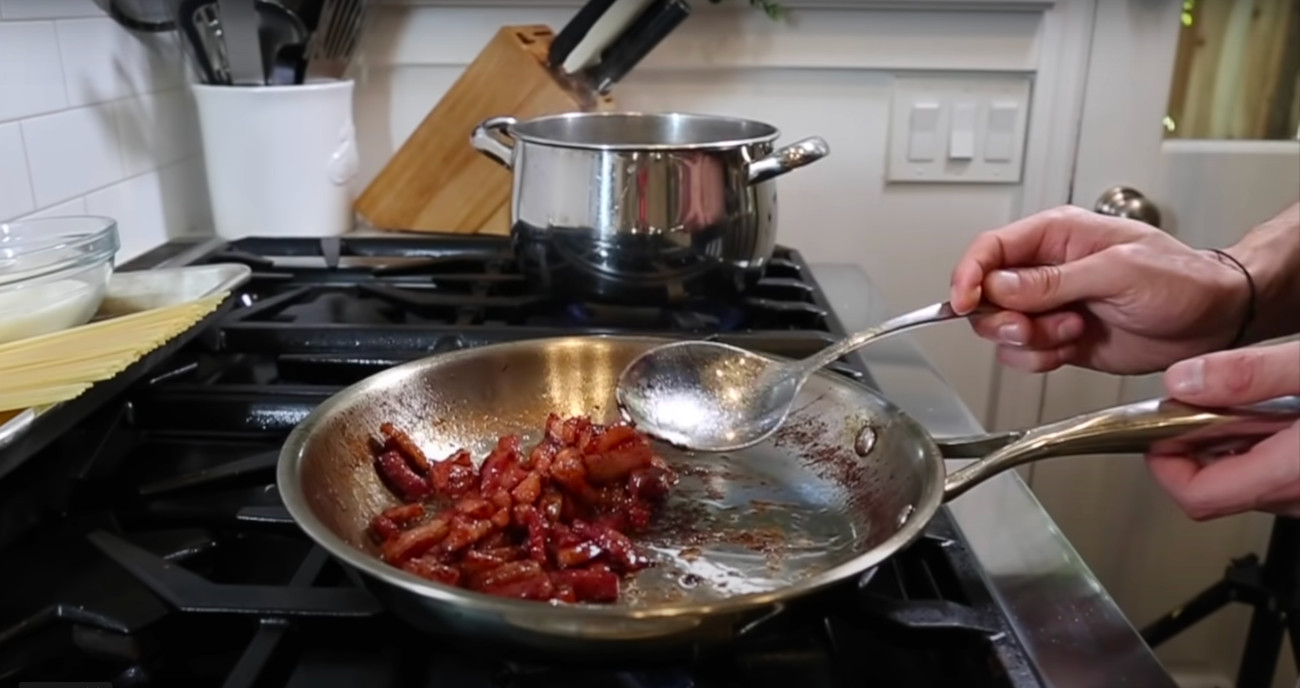
Traditional recipes call for guanciale, however this recipe was adapted for what is accessible in U.S. supermarkets and uses pancetta. Don’t worry about having pieces of fat, this fat acts as the backbone of the sauce. As the pasta is cooking in salted boiling water, render the pancetta until it is crispy and the grease has come out. Remove the pancetta from the pan, being careful to keep the fat in the pan.
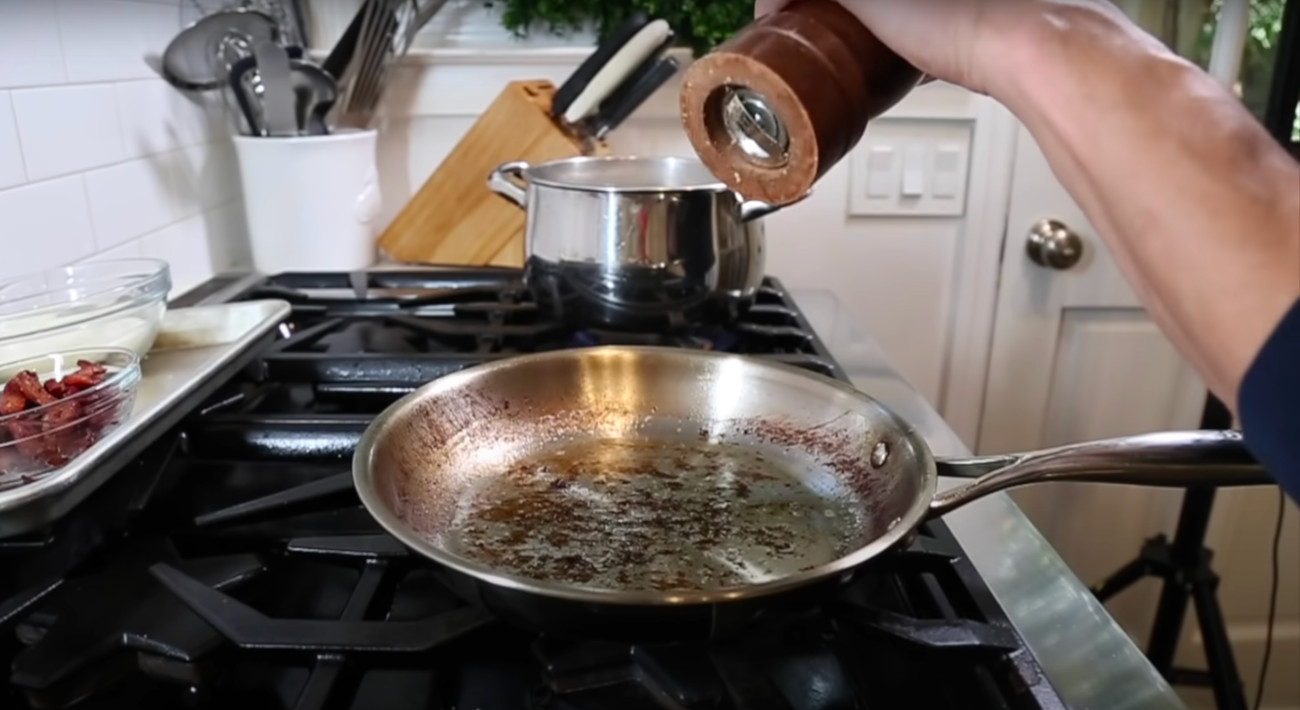
Sprinkle the pepper into the pan, the heat will bloom the spice, giving it a sharper, clearer flavor.
Remove the pasta from the water before it is al dente, you want to finish the pasta cooking in the pan itself. This allows you to control the cooking time of your pasta and gives the pasta more flavor. After you add the pasta, ladle in a bit of that salty pasta water.
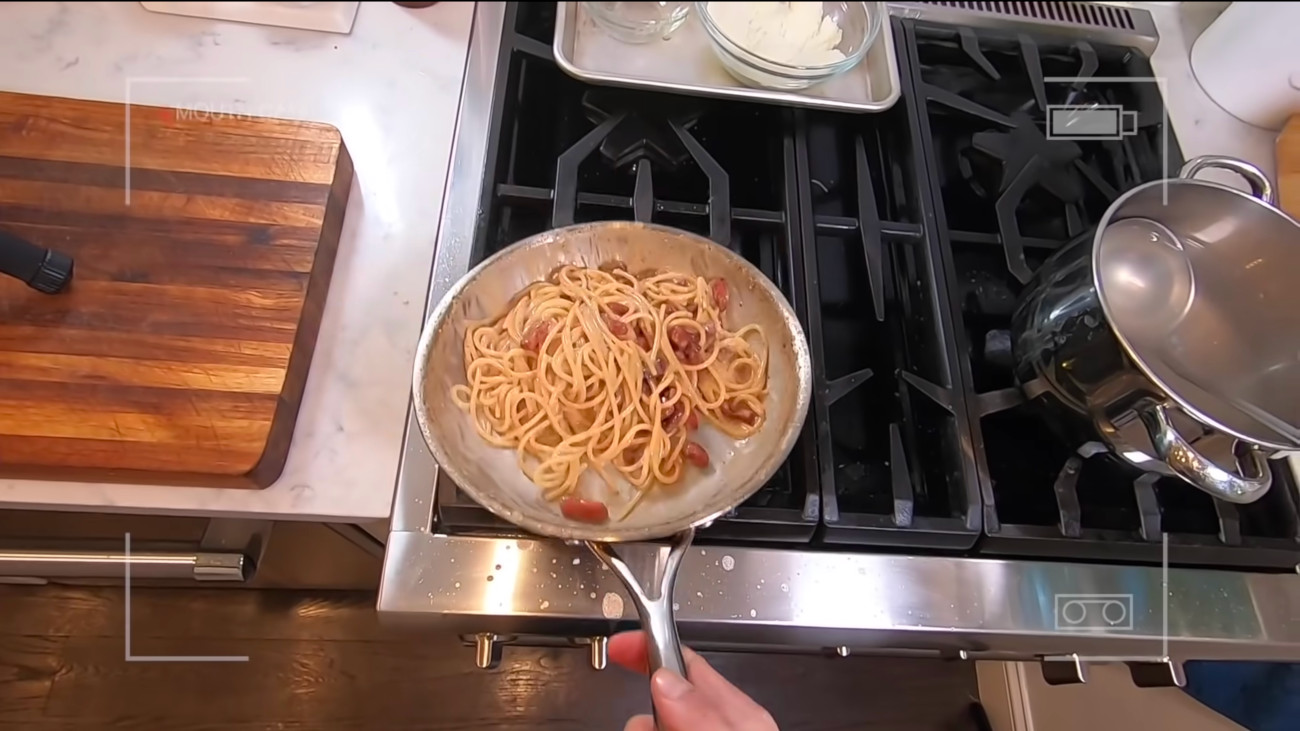
Think of pasta alla gricia’s sauce like a salad dressing — you want to stir the pasta and agitate the pan. These movements emulsify the sauce together, almost as if it were oil and vinegar.
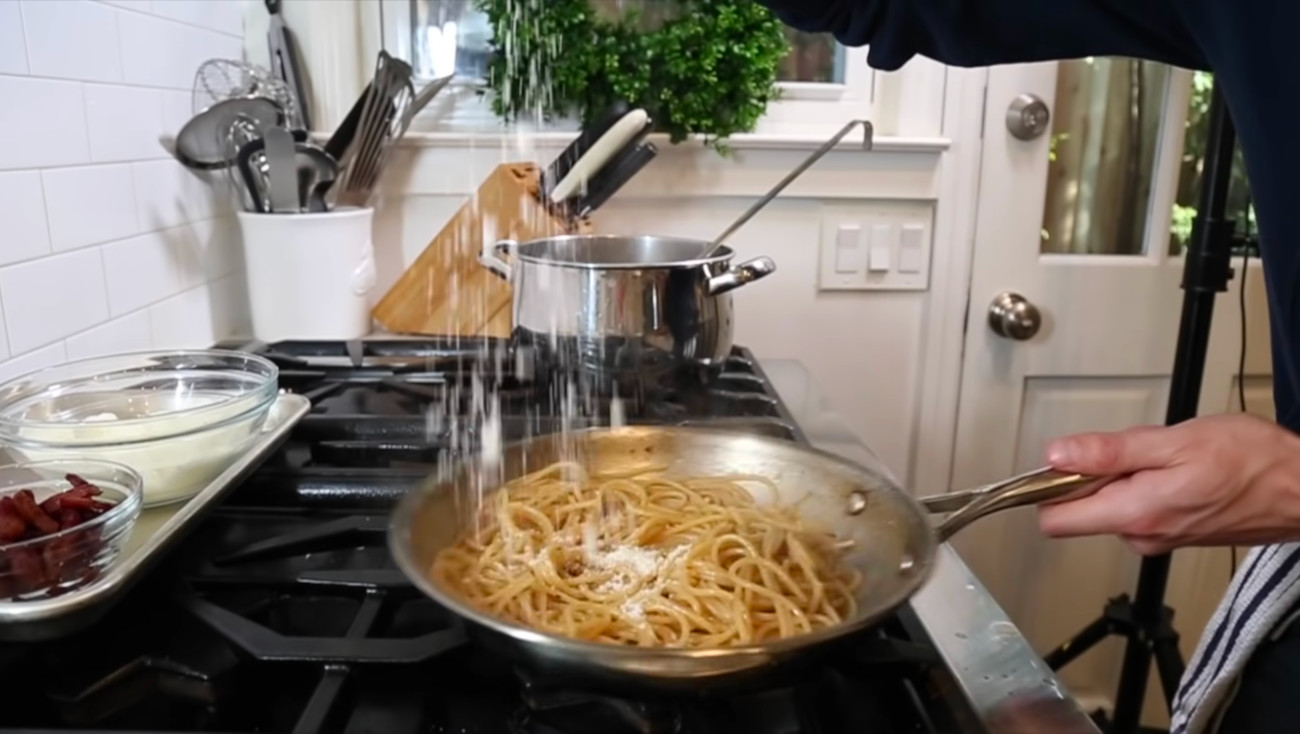
Once the pasta gets cooked and a sauce starts to form, turn off the flame, and move the pan to the side, letting the pasta rest for 30 seconds, this prevents the cheese from separating, or worse, curdling. After the short rest, add the cheese and stir to combine. Lastly, mix in the pancetta.
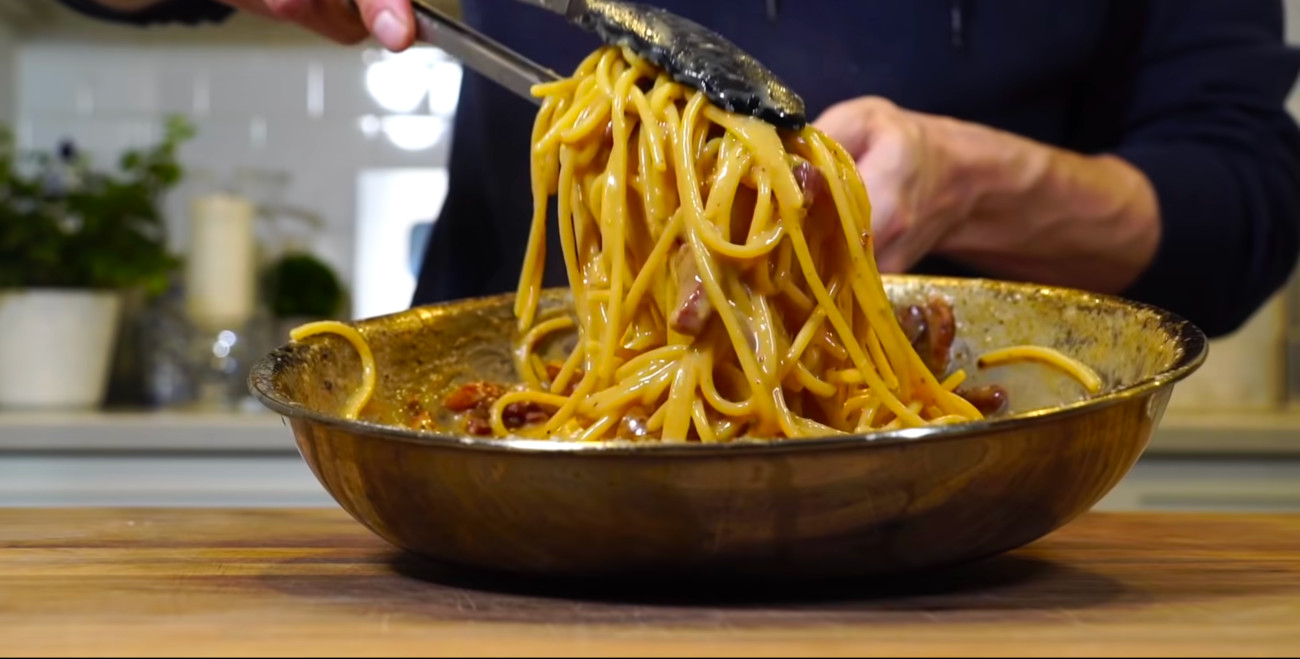
The bite of the pepper, the saltiness of the guanciale, and the complexity of the tart but creamy cheese make eating pasta alla gricia a magical, melting, and rich experience.
